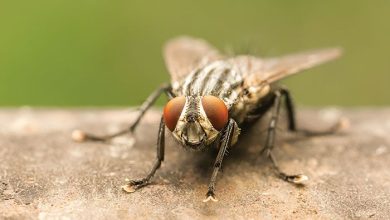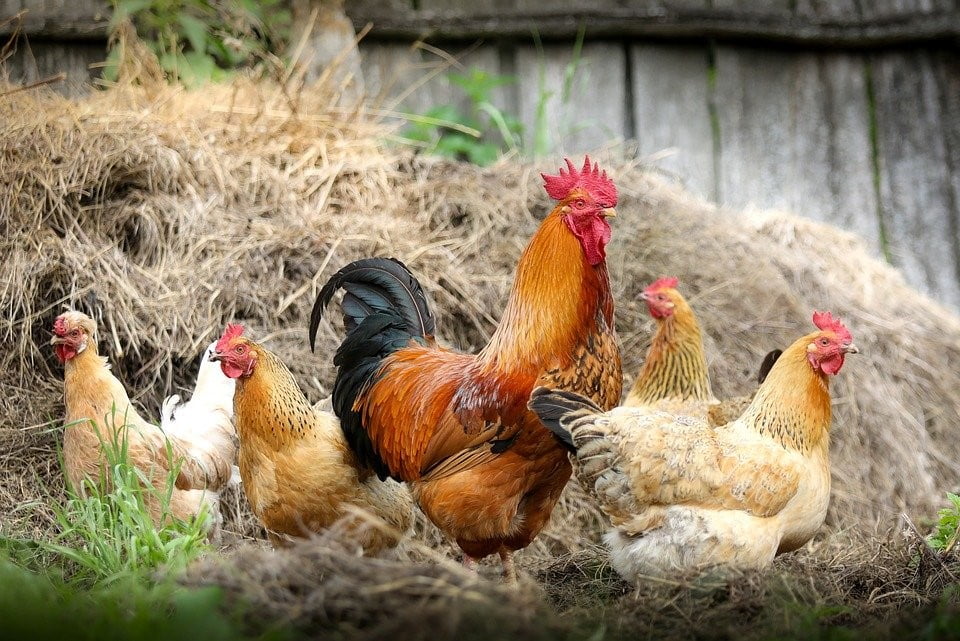ROBUST CONSUMPTION GROWTH IN LAST SIX MONTH HELPS POULTRY INDUSTRY BACK ON A GROWTH PATH IN THE POST-COVID19 SCENARIO

Ricky Treasurer – Poultry Federation of India
After a huge slump in early 2020 because of COVID19 induced lockdown, the poultry and egg industry are gradually coming back on their feet because of stronger demand in the last six months.

Directly and indirectly this sector provides employment to small and medium farmers, who are mostly engaged in contract farming under larger integrators.
The share of the poultry sector in the total Gross Domestic Product (GDP) is approximately 1% and 11.70% in the livestock GDP. According to the National Action Plan for egg and poultry – 2022 for Doubling Farmers’ Income by 2022 prepared by Department of Animal Husbandry, poultry sector in India is valued at about One Lac Crore. Poultry sector in India can be broadly divided into two sub-sectors – commercial sector (85% of the total market share) and backyard poultry (15% of the total market share).
The egg production of the country was estimated at 109 billion eggs. India is now the world’s third largest egg producer and the fifth largest producer of broilers. The increase in the average income and the urban population has led to a significant increase in the poultry demand and a steady increase in consumption over the years.
Poultry meat is the fastest growing component of global meat demand and India, the world’s second largest developing country, is experiencing rapid growth in its poultry sector. The emergence of vertically integrated poultry producers has reduced consumer prices by lowering production and marketing costs. In 20 major Indian cities alone account for 62% of all poultry meat consumption. The country is also witnessing a broader shift in eating habits, most notably from vegetarianism to non-vegetarianism and this is particularly evident among the more informed, younger generations.
Lockdown adversely impacted poultry industry
Even before India reported the first case of COVID-19, the rumors of poultry birds as the likely carrier of the virus circulated in social media had led to reduced demand of the chicken meat in several parts of the country especially in the month of February 2020.
The clarification issued by different government agencies and various poultry associations that eating chickens is quite safe, could convince the consumers to a large extent. The poultry industry in India hit hard because of nation-wide lock-down to stop the rapid spread of COVID19 virus. This lock-down had disrupted the entire supply chain.
According to industry sources, the poultry industry which had witnessed steady growth rate because of rising consumer demand for protein rich food especially in the last two decades or so, has incurred huge losses since the beginning of the 2020. The losses incurred by Indian poultry industry is mainly attributed to sharp decline in demand because of supply disruption during lock down. The liquidity condition of all the stakeholders in the poultry value chain – farmers, feed suppliers and retailers had remained precarious. The drop in demand and supply chain disruption especially hit the smaller farmers who had limited resources. Thus, many farmers went for ‘contract farming’ offered by many large poultry players.
To bring back the poultry sector into some short of normal operations, both the Central as well as the State Government provided policy support through declaring supply of poultry products under essential services, ensuring huddle-free interstate transport of poultry produce.
The situation changed sharply since June 2020 mainly because of rising demand of poultry meat and eggs as doctors advised people to take protein rich food for improving immunity against the COVID19 virus. As a major chunk of the working population continued to be Work from Home (WFH) mode, the domestic chicken consumption has seen sharp rise. In the last six months or so, when all the COVID19 restrictions were removed, the demand for hygienic and quality poultry products grew sharply leading to a sharp spike in sales of online retail players.
Many new online retail players with their dedicated sourcing as well as modernized processing facilities offered quality poultry meat and egg at the doorstep of consumers. Even demand for eggs has been robust. Many who used to consume vegetarian food have commenced consuming poultry meat and eggs. The consumer demand for poultry meat and eggs started picking up from June and post Navratras & Onam festivals witnessed a sharp spike. The demand for poultry meat and eggs have been rising along with a rise in farm gate prices. The onset of winter months also pushes up the demand for poultry meat and eggs.
Sensing opportunities, many poultry players have set up new processing plants and the robust demand in the coming months would definitely see the poultry industry operating at a level witnessed prior to COVID19 emergence in the global scene.
With the huge spike in demand and demand for quality products rising, the industry would soon witness growth in the range of 8 – 10% annually.
|
Key aspects which Indian poultry industry need to adopt for creating not only a robust supply chain but also creating consumer confidence in the product in the post-COVID 19 phase · Poultry meat is primarily sold in the fresh markets, as consumers prefer to buy live poultry and get it dressed in their presence. The fresh chicken is sold by small establishments. In the Post-COVID19 phase, the poultry industry should focus on ensuring a Standard Operating Procedure (SOP) for these small chicken meat sellers in maintaining hygiene in the establishment so the consumer confidence in the product is strengthened. · The industry must focus on promotion of processing for which the existing transportation and cold storage facilities have to be revamped so that seasonal fluctuations in the meat prices could be curbed. The processing would also integrate the industry with the online retailers of the meat products. · The poultry industry must focus on creating consumer confidence through use of social media as well as various other media like print and TV, where benefits of eating chicken could be promoted. The promotion by Chicken India (www.ChickenIndia.org) could be the template for the poultry industry. Social media rumors should be monitored and dealt with for creating consumer confidence.
|




